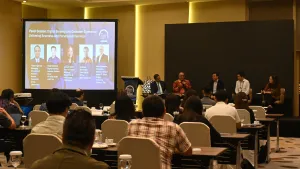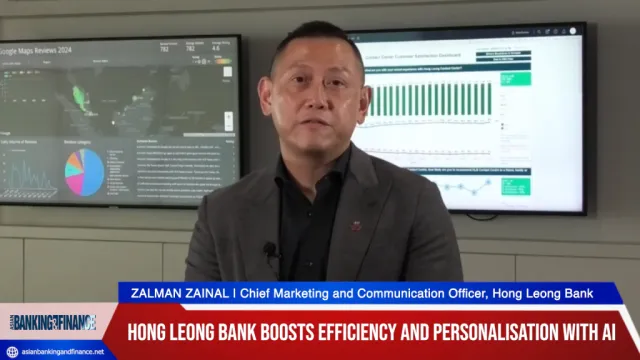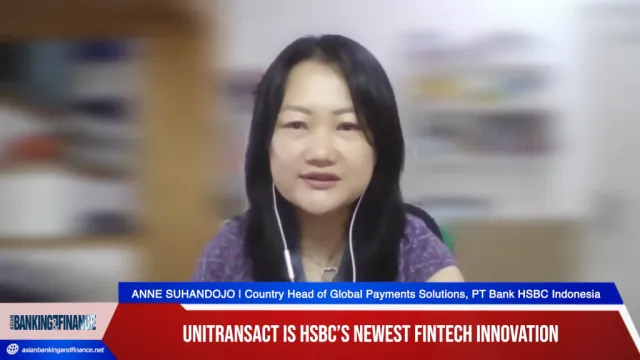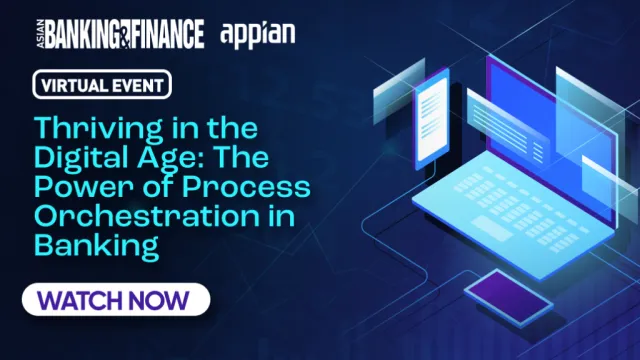Technology offers banks a path towards global competitiveness
By Anatoly LoginovAsia-Pacific a green field for banking technology adoption.
Banks in the Asia-Pacific are where the action is when it comes to investing in technology. So says open standards e-payment solution provider BPC Banking Technologies, which has held the last three of its world-wide annual Client Conferences in the region – in New Zealand, Vietnam and Singapore – to woo banks in the this part of the world.
Anatoly Loginov, Chairman, BPC Banking Technologies, says that 20 percent of the business is currently from the Asia-Pacific region, where the company has ten customers out of an installed base of 63 in the New Zealand, Philippines, Singapore and Vietnam. “We expect 50% of total revenues to come from the Asia-Pacific in the next two to three years. It is a huge territory,” he said.
Banks in the Asia-Pacific region have to compete against the international banks like HSBC, which are well-established and have the most up-to-date technology, he notes. “Local banks must be able to support their product lines with capable technology and yet support that technology with lower total cost of ownership (TCO),” he said. “To compete you need to innovate, and quickly. You can’t do that with legacy technology.”
At the same time, consumers in the region have become more demanding, and banks have to respond with new products to retain existing customer while attracting new ones. “Asian consumers are becoming more e-commerce savvy. They want to have more payment channels and more sophisticated payment tokens, not buying with cash alone,” said Rajan Narayan, Managing Director, Asia Pacific, BPC Banking Technologies, pointing to the growing use of contactless payment cards in Singapore and contactless payment at petrol stations in Vietnam as examples. “The banks need to upgrade.”
The future looks equally challenging as new trends take hold at banks, says the company. Consumers may go to the bank in future for person-to-person payment services, as offered by companies like Western Union, or sign up for cards that offer multiple applications, such as a credit card that also pays for transit fares.
“Every market has its own priorities, but compliance will matter,” added Narayan, listing PCI DSS and EMV as examples of standards that banks have to comply with today. “Both India and Malaysia have come up with new payment schemes. At the national level it’s forced banks to do things differently.”
BPC’s SmartVista platform may be one of the solutions for banks as it can slash development times for new products to two weeks, down from eight to nine months with legacy systems. The lead time required from a legacy system could make the introduction of new products a tough proposition, both in times of cost and time-to-market.
“You can say ‘I want this interest rate and credit limit’, literally tick boxes on the Web interface, and SmartVista creates the product. It is only limited by your imagination,” said Loginov.
Another feature of SmartVista can prevent fraud at the point of transaction through a combination of neural technology and rules provided by the bank, so the system becomes more accurate over time. Alfa-Bank in Russia saved about $1 million per month through adopting the technology, BPC officials disclosed. NETS in Singapore also decided to use SmartVista when they saw that the software would enable lower TCOs as well as new payment channels.
Meanwhile, BPC is committed to putting its money where its mouth is. The company is looking to build a development centre in Singapore and expects to expand further in India in the coming months.






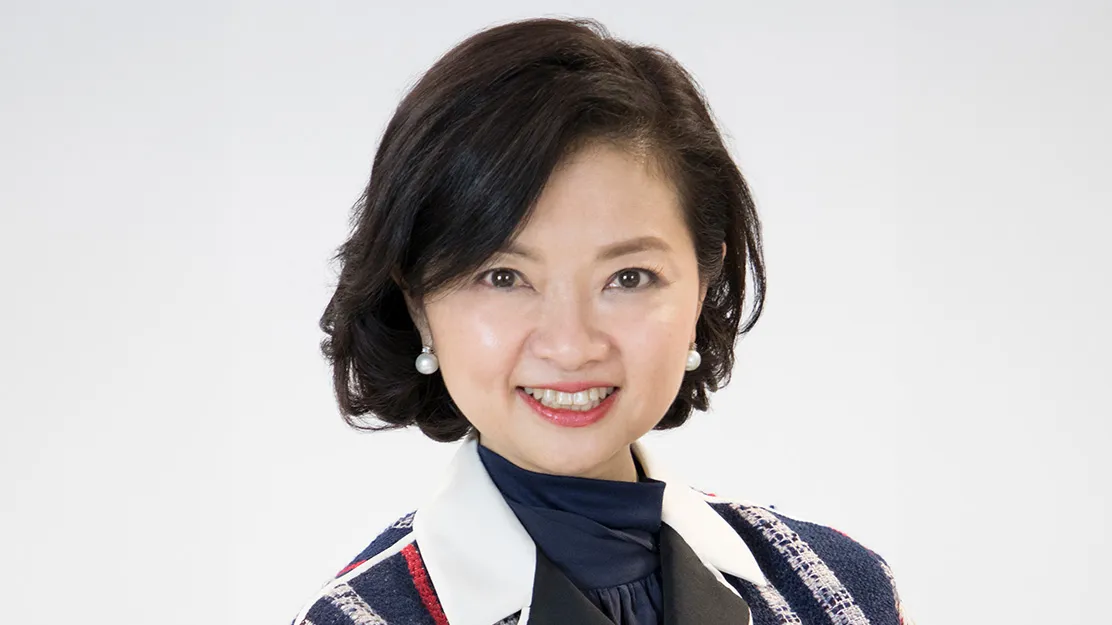
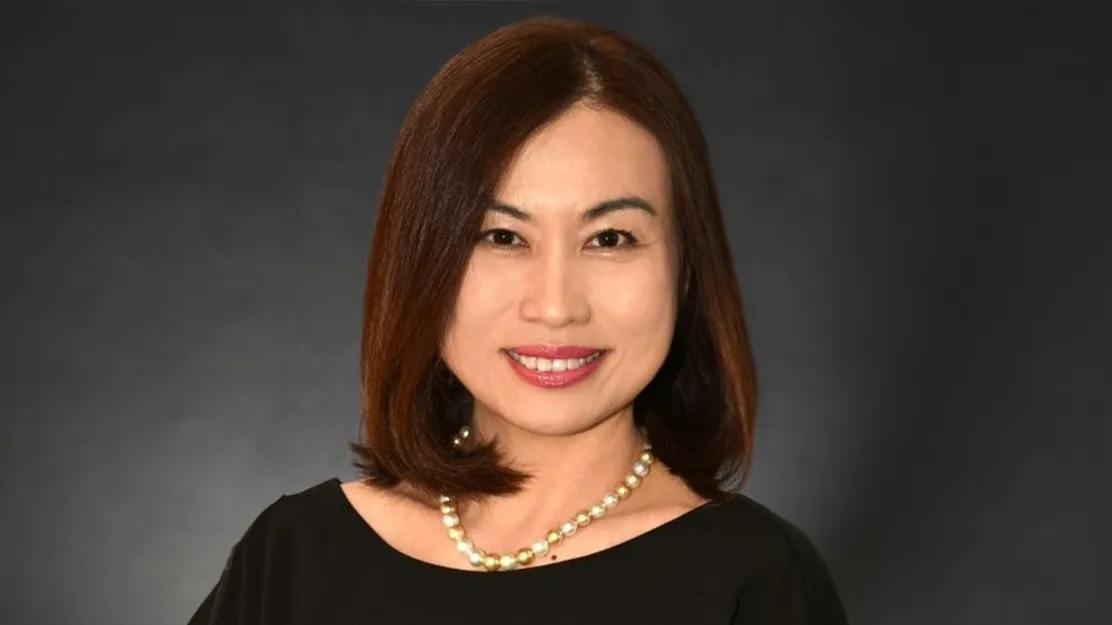


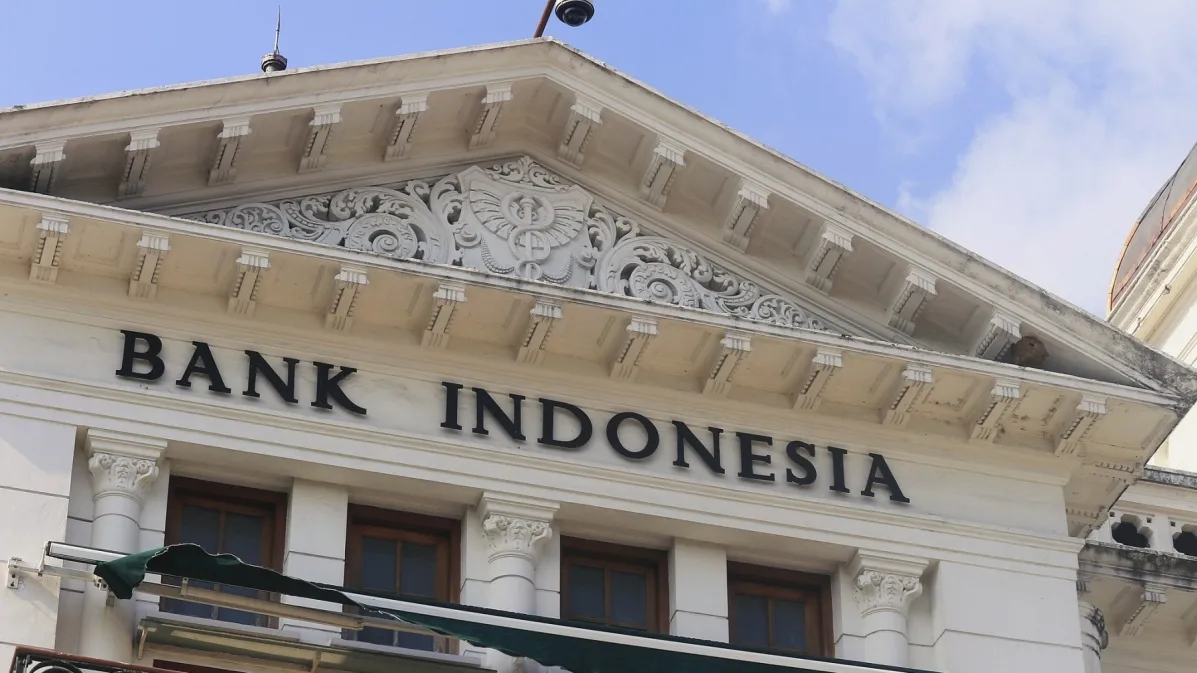
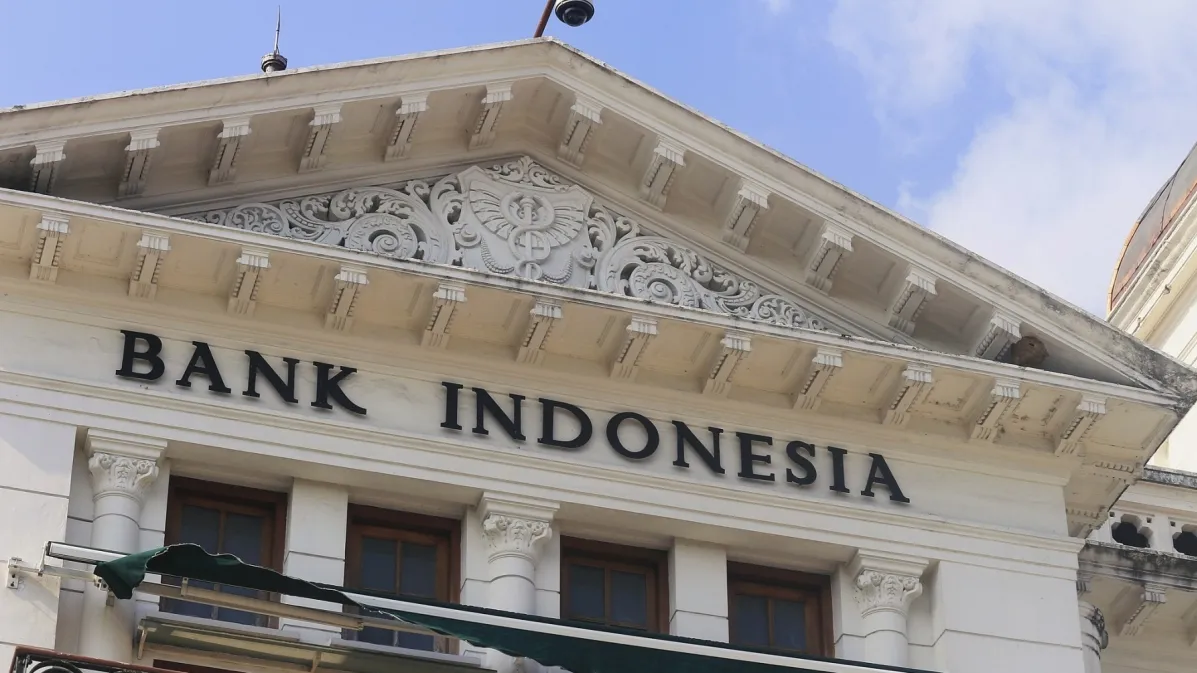
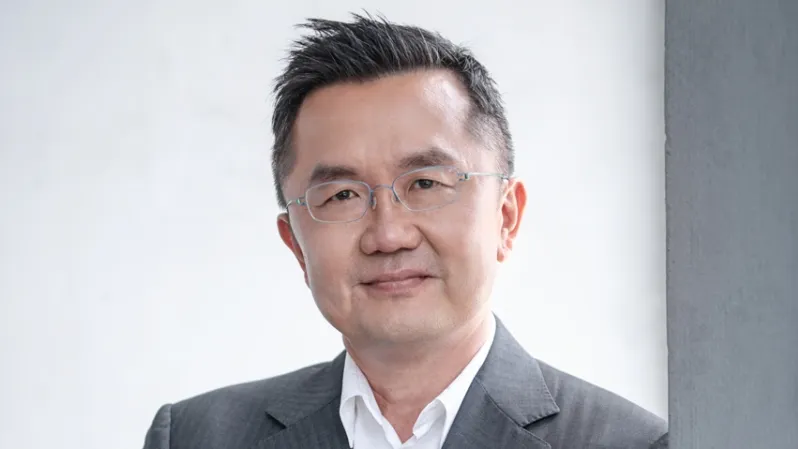
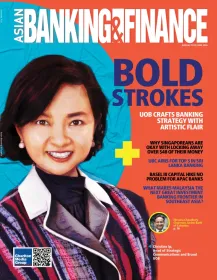
 Advertise
Advertise


